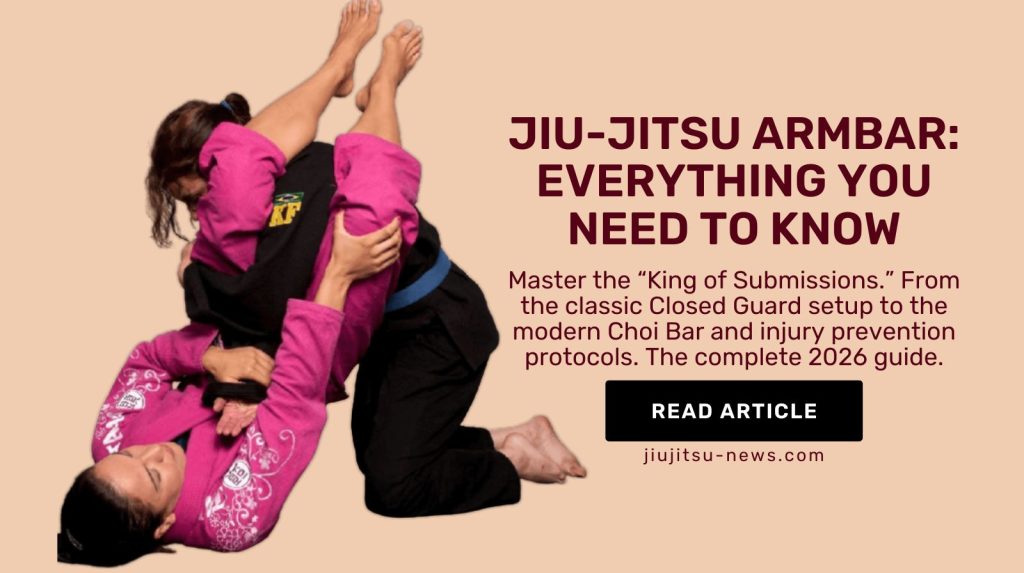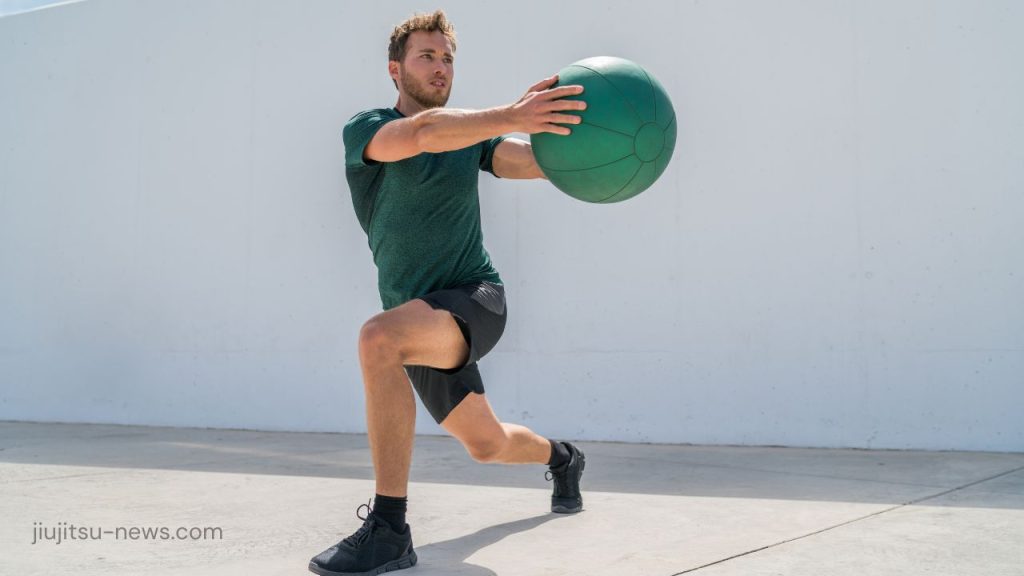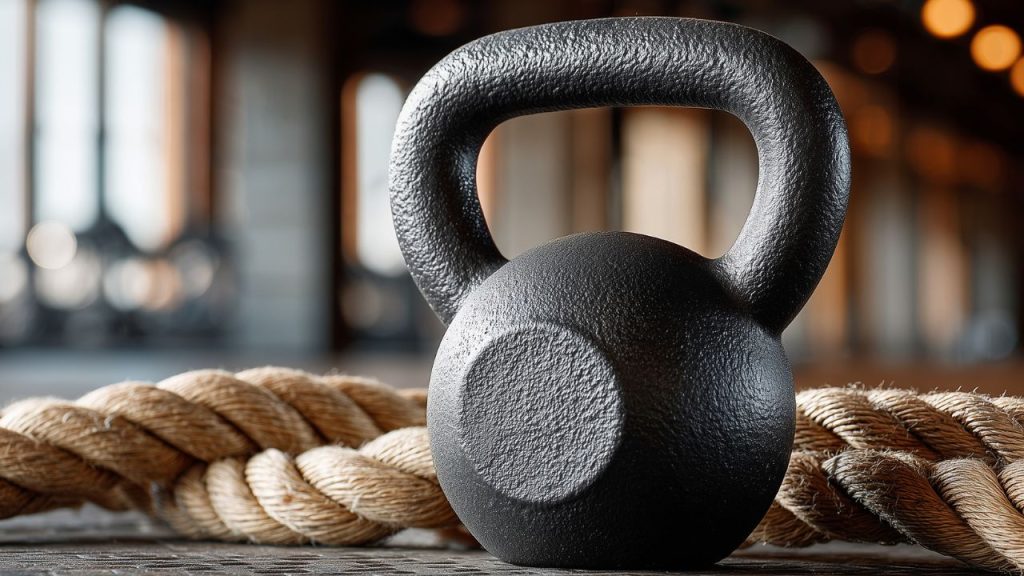The Red Belt in BJJ: The Ultimate Achievement in Martial Arts
Master the rarest rank in Brazilian Jiu-Jitsu. Learn IBJJF requirements for 9th & 10th degree red belts, the distinction between living grandmasters, why fewer than 100 exist worldwide, and the legacy of those who shaped the art.
The red belt in Brazilian Jiu-Jitsu is the highest and rarest achievement in the entire martial art. It denotes exceptional expertise, profound philosophical wisdom, and lifetime dedication earned only by martial artists who have devoted 50+ years to BJJ’s development and teaching.
Unlike other martial arts where “mastery” can be achieved in 10-15 years, the red belt in BJJ is reserved for true grandmasters whose influence has shaped generations of practitioners and the sport itself.
2025 Reality: There are thought to be only 30-40 living 9th-degree red belts worldwide, with roughly 50-60 red belts in total across all degrees in BJJ history. This makes the red belt approximately 1 in 100,000 to 200,000 among all martial artists globally.
This comprehensive guide explores the red belt’s significance, IBJJF requirements, the distinction between 9th and 10th degree, notable grandmasters who hold this rank, and why pursuing the red belt is less about becoming “the best” and more about becoming a custodian of the art.
Understanding Red Belt Degrees: 9th vs. 10th Degree
The confusion about red belts often stems from not understanding that 9th and 10th degree red belts are fundamentally different ranks with different requirements. The IBJJF system clearly distinguishes between them:
| Degree | Belt Color | Minimum Years as Black Belt | Status | Current Count |
| 7th Degree | Red & Black Coral | 31 years | Coral Belt (Master) | ~5-8 living |
| 8th Degree | Red & White Coral | 38 years | Coral Belt (Master) | ~3-5 living |
| 9th Degree | Red Belt | 48+ years | Grandmaster (Living Achievers) | ~30-40 living |
| 10th Degree | Red Belt | Founders Only | Grandmaster (Histor Only) | 5-6 awarded (closed) |
9th Degree Red Belt: The Living Achievement
9th degree is the highest rank awarded to living practitioners. Under IBJJF rules, a BJJ master must demonstrate:
- Minimum 48 years of documented activity as a black belt
- Significant contributions to BJJ through teaching, innovation, or competition
- Leadership of respected academies or teams
- Influence on the global development of the art
- Embodiment of BJJ philosophy and values
In practice, reaching 9th degree typically requires 60-70+ years of continuous training and teaching, which is why most 9th-degree red belts are in their 70s, 80s, or 90s.
10th Degree Red Belt: Reserved for Founders Only
10th degree red belts are not being awarded under current IBJJF rules. This rank is historically reserved for the five founders and architects of Brazilian Jiu-Jitsu:
- Carlos Gracie Sr. (Founder)
- Hélio Gracie (Founder)
- Oswaldo Gracie (Founder)
- Gastão Gracie Filho (Founder)
- George Gracie (Founder)
These five received 10th degree recognition as the architects who created, developed, and spread Brazilian Jiu-Jitsu globally. No additional 10th degrees will be awarded, making it truly a historic rank representing only the art’s creators.
The Path to Red Belt: A Lifetime of Dedication
Unlike the journey to black belt (13.3 years average), the journey to red belt is not a realistic goal for almost any practitioner. It requires a life dedicated entirely to BJJ:
The Timeline Reality
To understand the red belt journey, consider this realistic progression:
- Age 16-20: White to blue belt (4-5 years)
- Age 20-25: Blue to purple belt (5-7 years)
- Age 25-30: Purple to brown belt (5-7 years)
- Age 30-32: Brown to black belt (2-3 years)
- Age 32-80+: Black belt progression to red belt (48+ years)
This means someone starting BJJ at 16 would likely reach red belt in their late 70s or 80s—if they maintain consistent training and teaching for over 6 decades.
The Reality Check: The red belt is less a “goal” and more a “lifetime honor.” Most red belts never planned to achieve this rank; they simply never stopped training or teaching, and eventually the IBJJF recognized their lifetime contributions.
The Significance of the Red Belt in BJJ Culture
For those in the BJJ community, the red belt symbolizes far more than technical skill. It represents:
🏆 Lifetime Dedication to the Art
A commitment to BJJ that spans 60+ years, prioritizing teaching and community development over competition records or fame.
📚 Custodianship of Lineage
Red belts are guardians of BJJ’s history, values, and traditions. They preserve techniques and philosophy that might otherwise be lost.
🌍 Global Influence
Nearly all red belts have significantly shaped BJJ’s development globally—founding academies, developing new styles, or spreading the art to new countries.
💜 Living Legacy
Red belts are walking history. Their very existence connects modern BJJ practitioners to the founders and the original vision of the art.
The red belt constantly reminds the BJJ community that the art is more than a sport or combat system—it’s a way of life that shapes character, builds community, and transcends generations.
Notable Red Belt Grandmasters (9th & 10th Degree)
The Five Founders (10th Degree – Historic Only)
Carlos Gracie Sr.
The Founding Father: Carlos established the first BJJ academy in 1925 and was instrumental in systematizing and spreading BJJ throughout Brazil. His lineage and teaching philosophy form the foundation of modern BJJ.
Hélio Gracie
The Innovator: Hélio developed leverage-based techniques that revolutionized BJJ, proving that technical superiority could overcome size and strength. His innovations became core to the art.
Oswaldo Gracie
The Systematizer: As a brother and collaborator with Carlos and Hélio, Oswaldo was crucial in developing and formalizing BJJ’s technical systems and teaching methodology.
George Gracie
The Champion: Known as the original champion of the Gracie family, George’s competitive success proved the effectiveness of BJJ in actual combat applications.
Gastão Gracie Filho
The Administrator: Gastão played a crucial institutional role in establishing BJJ academies and ensuring the art’s preservation through formal structure and organization.
Notable 9th Degree Red Belts (Living Grandmasters)
According to 2025 research, active 9th-degree red belt holders include practitioners who have dedicated their lives to teaching, developing lineages, and preserving BJJ. These grandmasters typically:
- Lead or have led major BJJ academies or lineages
- Have trained thousands of students over decades
- Developed innovations in technique or teaching methodology
- Spread BJJ to new regions or countries
- Contributed to the formalization of BJJ competition rules and standards
Notable examples include:
- Flavio Behring – Legendary teacher and technical innovator
- Pedro Hemeterio – First non-Gracie to reach red belt; pioneer of BJJ outside the Gracie family
- Carlson Gracie – Revolutionary competitor and innovator in passing techniques
- Oswaldo Fadda – Developer of leg lock systems and pioneer of BJJ for working-class Brazilians
- Rickson Gracie – Widely considered one of the greatest BJJ practitioners of all time
Updated 2025 Lists: For the most current list of living 9th-degree red belts, refer to BJJ Heroes or official IBJJF registries, as new red belts are occasionally promoted and the exact number changes yearly.
Final Thoughts: Honoring the Red Belt Legacy
The red belt in Brazilian Jiu-Jitsu is the rarest and most prestigious achievement in the entire martial art. It represents not just technical mastery or competitive success, but a lifetime dedication to preserving, developing, and spreading the art.
With only 30-40 living 9th-degree red belts worldwide, and 10th degree reserved exclusively for the founders, the red belt stands as one of martial arts‘ most exclusive honors.
Key Realizations About the Red Belt
✅ It’s Not a Realistic Goal
Unlike black belt (achievable for dedicated practitioners), red belt is less a “goal” and more a “lifetime honor.” Focus on your current belt level, not a rank you likely won’t reach in your lifetime.
✅ It’s a Symbol of Legacy
Red belts represent generations of teaching, hundreds or thousands of students trained, and the evolution of BJJ itself. They are living connections to the art’s founders.
✅ Respect Them as Custodians
When you meet a red belt, you’re meeting someone who has dedicated 60+ years to BJJ. They are keepers of the art’s history, values, and future.
✅ The Real Achievement is the Journey
Focus on consistent training, teaching others, and contributing to your academy’s culture. If you do this for decades, the belt color becomes secondary to the impact you’ve made.
The red belt ultimately reminds us that Brazilian Jiu-Jitsu is more than a sport or fighting art—it’s a path of self-development, community service, and personal transformation that can last a lifetime.
Ready to Commit to Your Long-Term BJJ Journey?
Understanding the red belt’s significance puts your current belt level into perspective. Whether you’re a white belt or brown belt, focus on consistent training, helping others, and embodying BJJ’s values.
Join our community of serious grapplers committed to long-term development, not just belt promotions.
📧 Stay Connected to BJJ Insights🥋❤️ Respect the Journey. Honor the Legacy. Keep Training. ❤️🥋






